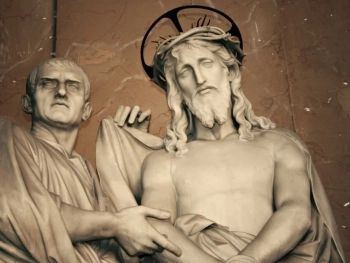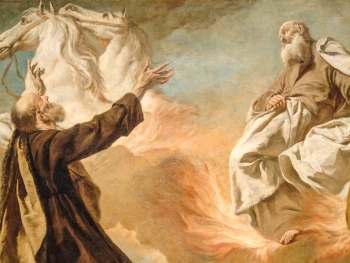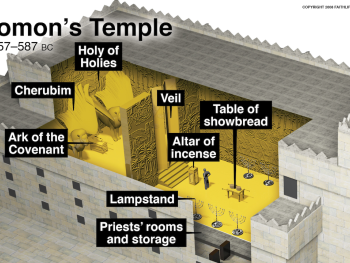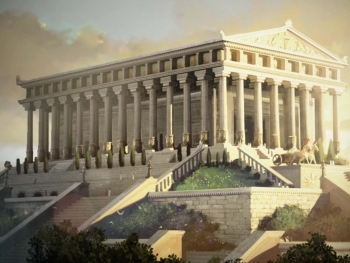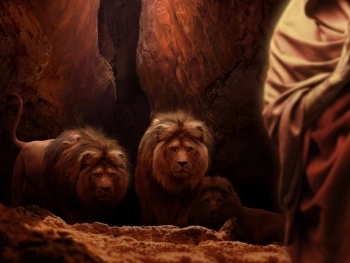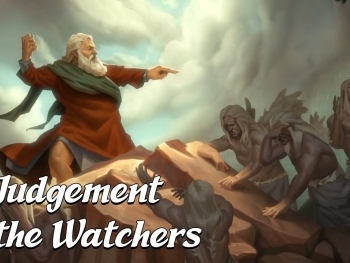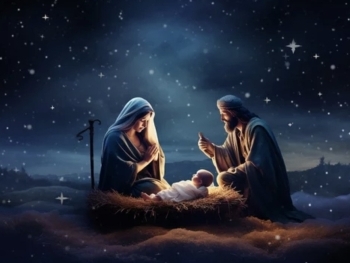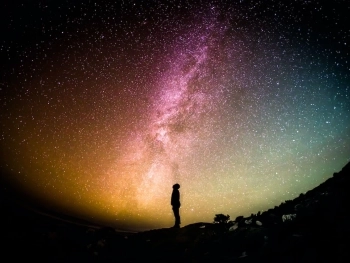
One of the most profound and enduring questions in human history is the question of how the universe came into existence. Throughout the ages, countless theories and beliefs have been put forth to explain the origins of our world, from ancient myths and cosmologies to modern scientific explanations. Among these, the biblical account of creation stands as a significant and influential narrative, particularly within Abrahamic faith traditions.
The Book of Genesis, the first book of the Hebrew Bible and Christian Old Testament, provides a detailed account of God's creation of the universe and all that it contains. According to this narrative, God created the world in six distinct stages, each marked by the appearance of new elements or phenomena. These stages are summarized in the following verses:
- Day 1: God creates light and separates it from darkness, establishing day and night.
- Day 2: God creates the expanse, separating the waters above from the waters below.
- Day 3: God gathers the waters to one place, forming dry land, and creates plants and trees.
- Day 4: God places the sun, moon, and stars in the expanse to govern the day and night.
- Day 5: God creates the creatures of the sea and sky, including fish, birds, and sea creatures.
- Day 6: God creates land animals and humans, making man in His own image.
This six-day creation account has been the subject of much theological and scientific discourse, with ongoing debates surrounding the literal interpretation of Genesis and its compatibility with modern scientific understandings of the universe's origins.
Literal vs. Non-literal Interpretations
One of the central questions in interpreting the creation account is whether to take the six days as literal, twenty-four-hour periods, or to consider them as symbolic representations of an extended period of time. Literalists argue that the language of Genesis is straightforward and that God created the universe in a literal six days. This interpretation aligns with the traditional understanding of the Bible among many Christians and Jews.
Non-literalists, on the other hand, contend that the six days should be understood more figuratively, representing a longer period of time, possibly millions or billions of years, as suggested by scientific evidence. This interpretation aligns with the findings of modern cosmology and geology, which suggest that the universe and its constituent elements evolved over immense periods of time.
Compatibility with Science
The compatibility of the creation account with modern science is another area of debate. Literalists argue that the scientific findings can be reconciled with the biblical narrative, pointing to the possibility of divine intervention or the existence of gaps in the scientific record. Non-literalists, however, suggest that the creation account should be viewed as a theological framework, rather than a scientific explanation, and should be interpreted in light of the current understanding of the universe.
Part 2: Exploring Different Perspectives on Creation
In the second part of this essay, we will delve into the various perspectives on the creation account, examining the arguments of both literalists and non-literalists, and exploring the implications of different interpretations for our understanding of God, the universe, and our place within it.
Watch on YouTube






